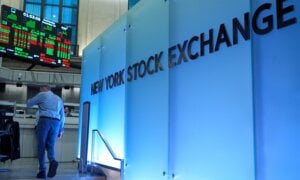Investing on COVID vaccine news: it isn’t all upside
The last couple of weeks have given investors a glimpse into what a post-pandemic stock market could look like. Many of the sectors that have been hit hard over the last several months saw big gains, while some of the companies that have benefited from a work-from-home world crashed hard.











